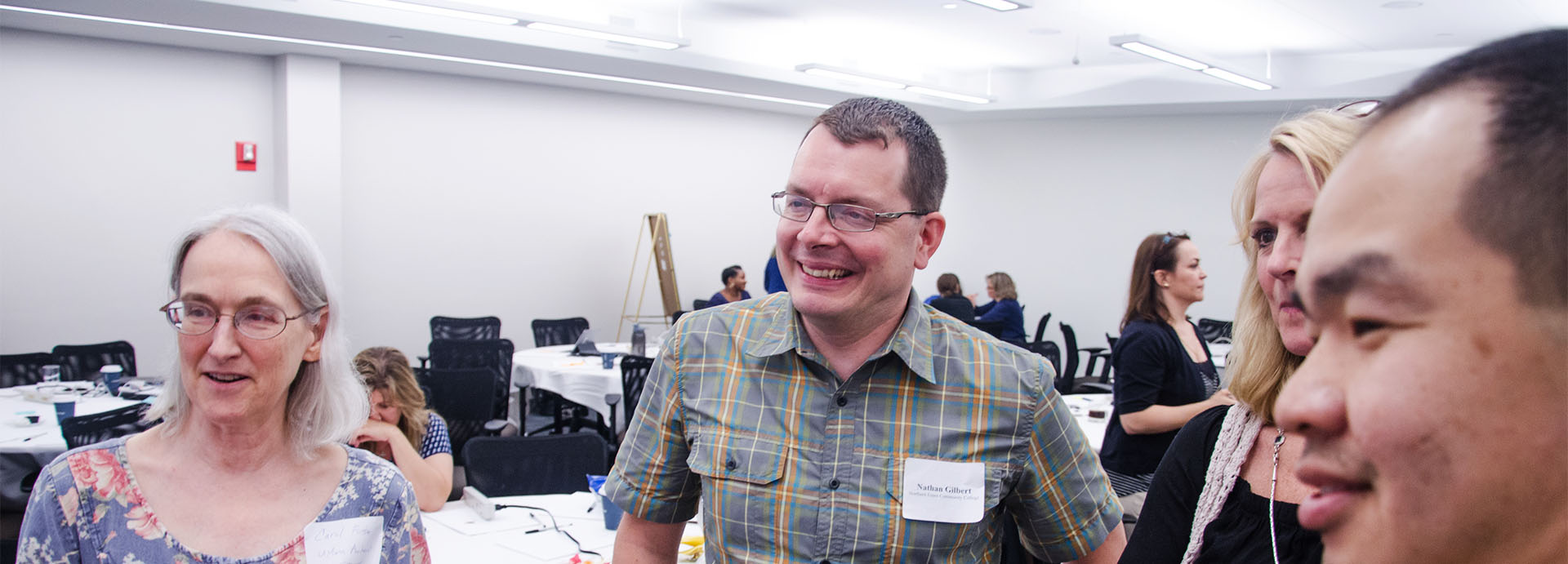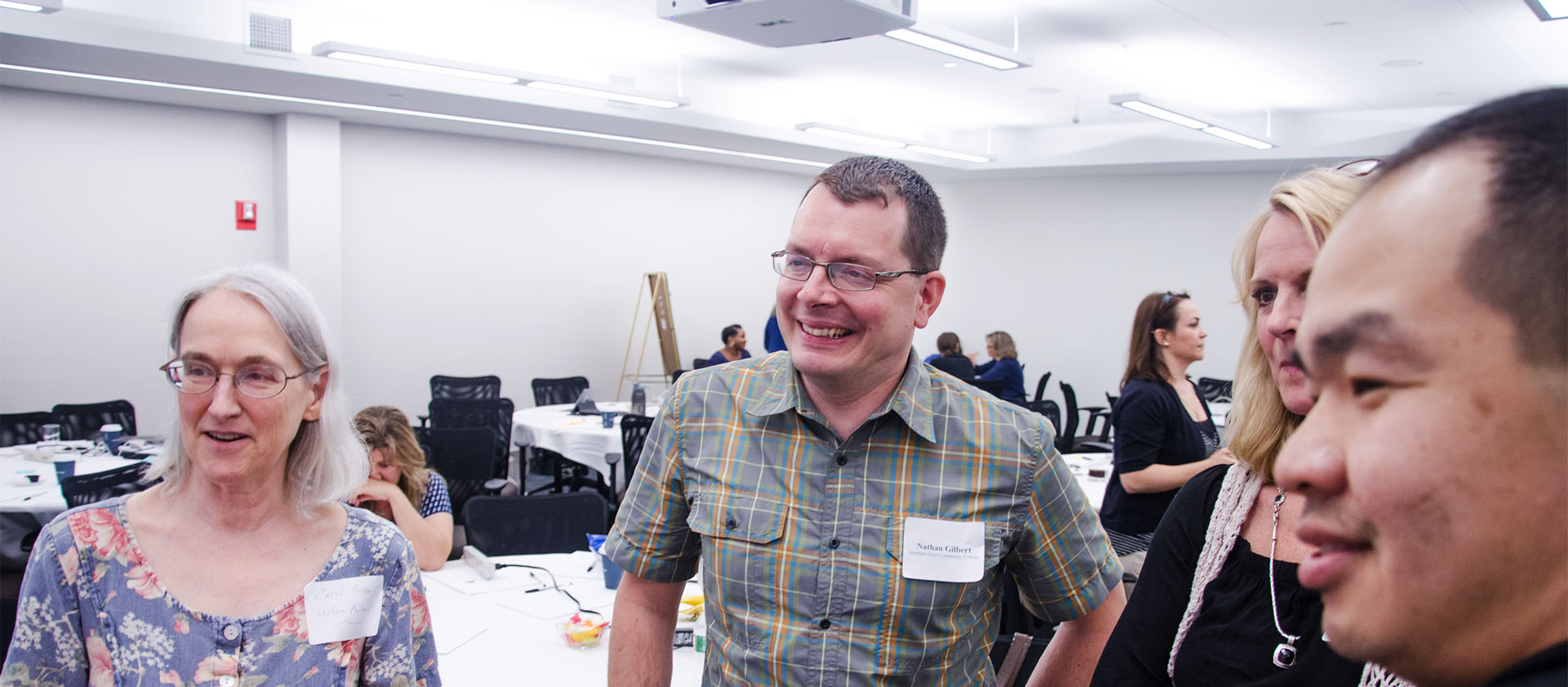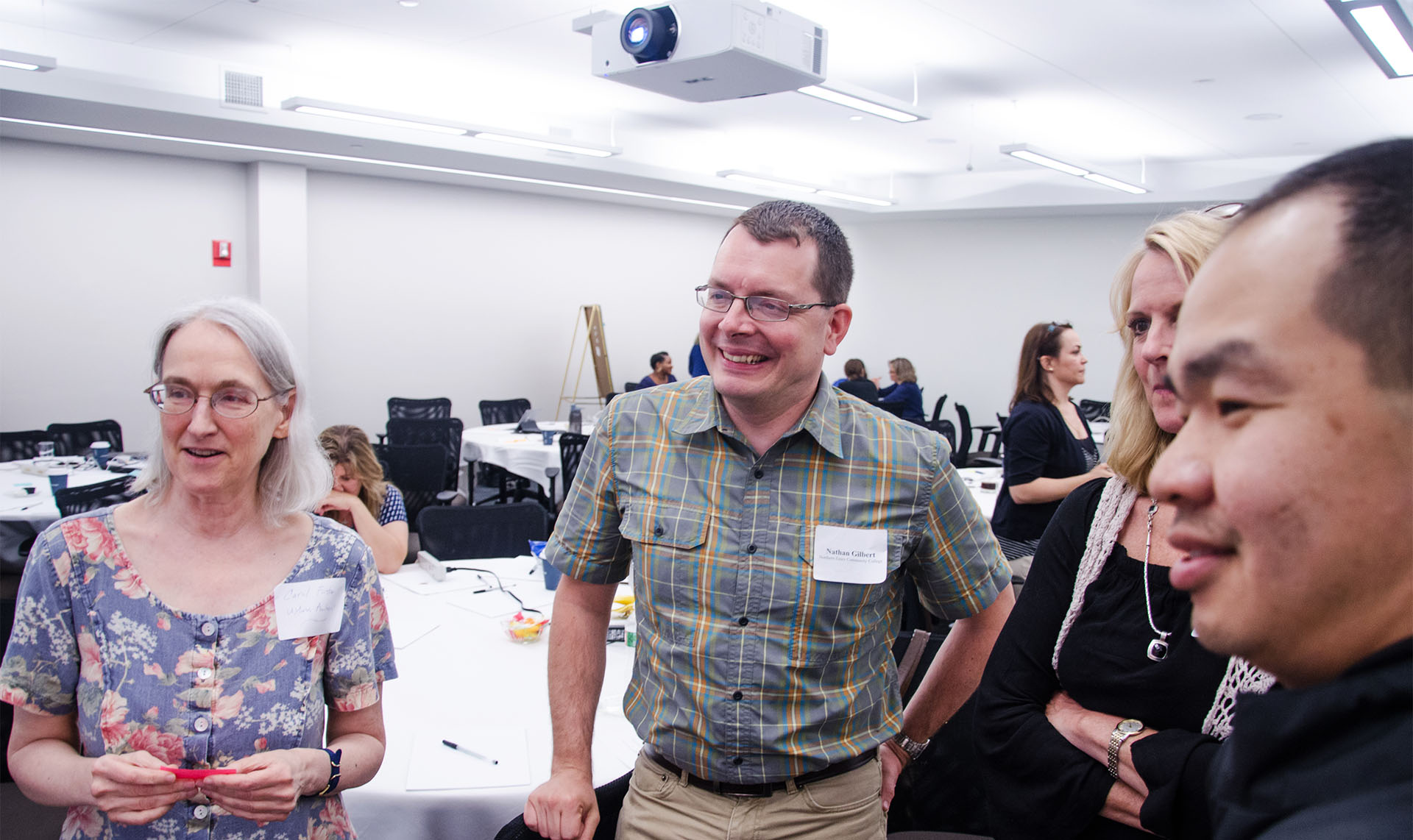1956-Today
1956
IBM Corporation and MIT launched a ten-year cooperative effort in computing that gave New England colleges and universities access to the IBM-704 computer installed at MIT.
1957
The New England Regional Computing Center (NERCC) was formed out of the MIT Computation Center to manage the IBM-MIT project under the general direction of Dr. Philip M. Morse.
Late 1950’s
To try to keep up with computing demand, Dr. Morse and others at MIT were able to secure NSF support and establish the New England Regional Computer Project (NERCP).
NERCP began to build a network, to connect a user at one institution to a user in a program at another institution. NERCP member institutions used approximately 20-25% of the services of the MIT Computation Center.
1967
NERCP cut its ties with MIT and established itself as NERCOMP. At this time, NERCOMP had forty member institutions, and Richard K. Wells was the first President of the Corporation.
1968
An NSF grant allowed NERCOMP to conduct a study of the kind of services that were needed at member institutions, while identifying which services could be provided over a time-sharing network.
1970
NERCOMP incorporated itself with the goal of promoting the sharing of computing resources among institutions of higher education. NERCOMP ran a regional time-sharing network and managed point-to-point telecommunications services for its members.
1971
Robert R. Rolla replaced Richard K. Wells as President of NERCOMP. NERCOMP established a hard-wired telephone network to begin the process of opening up the resources of New England’s major university computer centers to schools throughout the region. The network connected academic computer centers at seven New England institutions: Babson College, Bowdoin College, Brown University, Dartmouth College, MIT, University of Massachusetts, and Worcester Polytechnic Institute.
1972
The NSF renewed its support of NERCOMP in the form of a grant entitled “An Experiment to Determine the Education Services Demanded by Users of a Multi-Computer Network.” Total support for this project, as of 1972, was $220,000.
1975
NERCOMP was awarded a three-year grant from the NSF for research and experimentation into methods of computer networking, totaling $209,000. A major component of the NSF-supported program was to identify the kind of management structures that are successful in coordinating the activities of a large number of diverse educational institutions sharing a distributed computer resources. In addition to the NSF grant, NERCOMP was assisted in its plans by three grants from CDC, made over a three-year period. NERCOMP’s plans called for the establishment of a packet-switched network (or its equivalent) to allow more reliable communications between large computers, the establishment of a user services network, and the setting up of a structure for making decisions and setting policy.
An article written by then Philip Morse and Ronald Conrew, entitled “Distributing Computer Networking: Making it work on a Regional Basis,” appeared in the Science Magazine.
1977
Raymond Neff was appointed President of NERCOMP, followed by Thomas E. Kurtz in early 1977, and Robert E. Gibbs in mid-1977. Gibbs remained president until 1992.
NERCOMP began phasing down its support from NSF grant support, in the attempt to become wholly self-supported.
NERCOMP launched the Academic Computing Advisory Panel (ACAP) to advice institutions about information technology for academic and administrative purposes.
1983
As smaller universities developed their own computer systems the need for time-sharing services dwindled. So NERCOMP left the time-sharing business and began to focus its efforts on networking, microcomputer training for faculty and administrators, cooperative buying in microcomputers, consulting and conferencing.
Mid-to-Late 1980s
NERCOMP focused many of its efforts on the delivery of educational and professional conferences. The conferences provided members with the opportunity to develop professional contacts with their colleagues, and to share knowledge and experiences with new technologies.
As institutions adopted their first personal computers, NERCOMP’s educational conferences became a showcase of the new technology, while delivering much-needed training to its members.
1988
NERCOMP launched the Journal of Computing in Higher Education. This Journal was transferred to Carol McKnight in December 1991.
1994
NERCOMP hosted its first Annual Conference “Investigating the Information Enterprise.” At this time, NERCOMP defined itself as an association of information systems and technology users affiliated with colleges, universities and other educational and research institutions throughout New England.
1997
NERCOMP became an association of EDUCAUSE (then CAUSE). This strategic association enhances and coordinates both NERCOMP’s and EDUCAUSE’s educational conferences and initiatives.
Today
NERCOMP has over 295 members.





